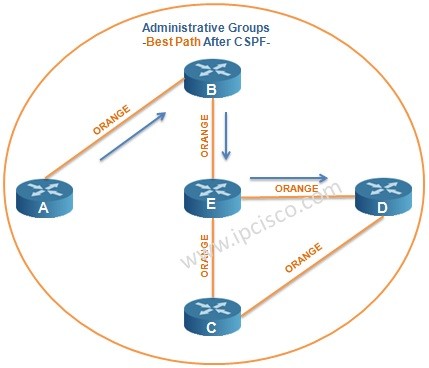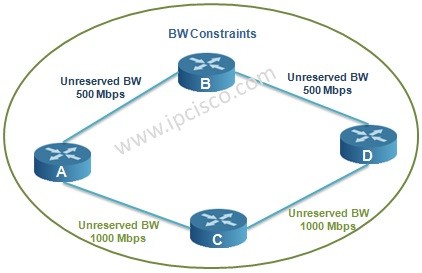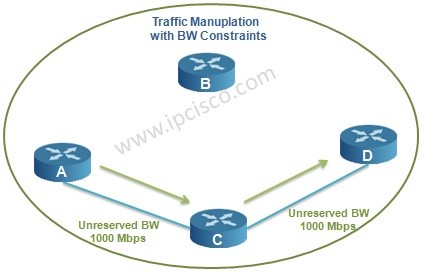- COURSES
- SPECIALS
- BLOG
- MEMBERS
- SHOP
- ABOUT
- ENROLL HERE

Traffic Engineering is one of the most important routing lessons. With traffic engineering, as a network engineer you are directing your network traffic according to some constraints. By directing the traffic (RSVP-TE Path Manuplation), you provide efficient usage of resources and become proactive for any congestion and packet drops in your network.
Traffic Engineering is used in MPLS with RSVP-TE. RSVP-TE brings many benefit to traffic engineering. With RSVP-TE you can do bandwidth reservation, you can define the LSP paths and you can manuplate path selection by giving additional constraints to the links.
RSVP-TE can define LSP Paths in two types in general. These types are “Strict” and “Loose” Paths. What are these “Strict” and “Loose” Paths?
Table of Contents
In a network, you can define a path as full strict, fully loose or mixture of strict and loose. RSVP-TE can use a fixed defined LSP path. This is called “Strict” path. And if we configure a hop as “Strict hop”, this means that this is the immetiate next-hop that have layer 3 connection.
With this Strict path, the LSP is fixed and if any node on this LSP is down, the LSP is also down. Not an efficient way in many case.
Beside this fixed defined Strict paths, there is also “Loose” paths. If we configure a hop as “Loose hop”, this is any downstream node from the begginning router to the destination. In other words, you will not determine all the nodes between the beginning and the destination. Here, you are using CSPF and, instead of you, CSPF is calculating the path dynamically, according to the contraints that you had defined.What are these traffic engineering constraints ?
In a network, for traffic engineering path calculation, you can define some contraints. CSPF (Constraint Shortest Path First) calculates the best path according to these constraints. So, what are these constraints?
The first constraints that you can define to manuplate network traffic is using bandwidth constraints. With bandwidth constraint, as an administrator, network engineers define unreserved bandwidth values to the links. After manual setting, special bandwidth requirements can be selected to route the traffic.
Think about the below topology. As you can see the unreserved bandwidth values are defined.


Administrative Groups or with the other name link coloring are used to combine similar characteristic links. With this combine, different traffic types can easily differentiated and send through different links.
There are many types of traffics in a network. Best effort data traffics, delay sensitive voice traffics and etc. Different traffic types need different behaviour. Because for example it is not recommended for a delay sensitive traffic like voice, to use a link that has too much or variable lenght delay.
With Administrative Groups (Link Coloring), we can group the links with different colors. And during traffic engineering, we can send different types of traffic through these different color links.
Below, there are some logical examples for Administrative Groups (Link Coloring).
Leave a Reply